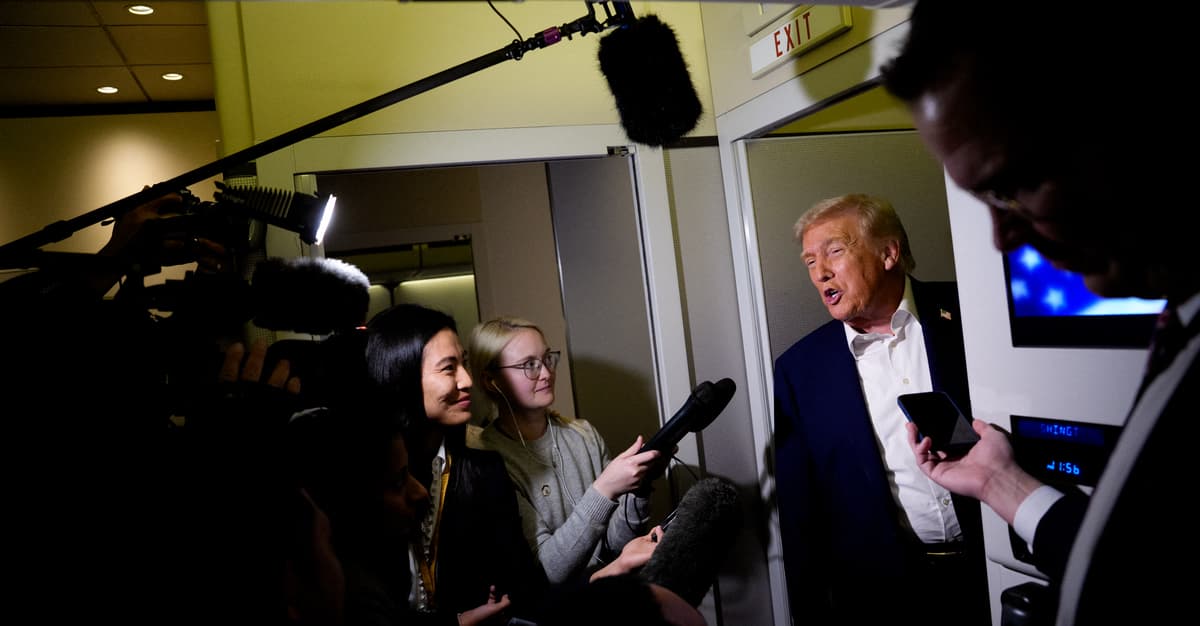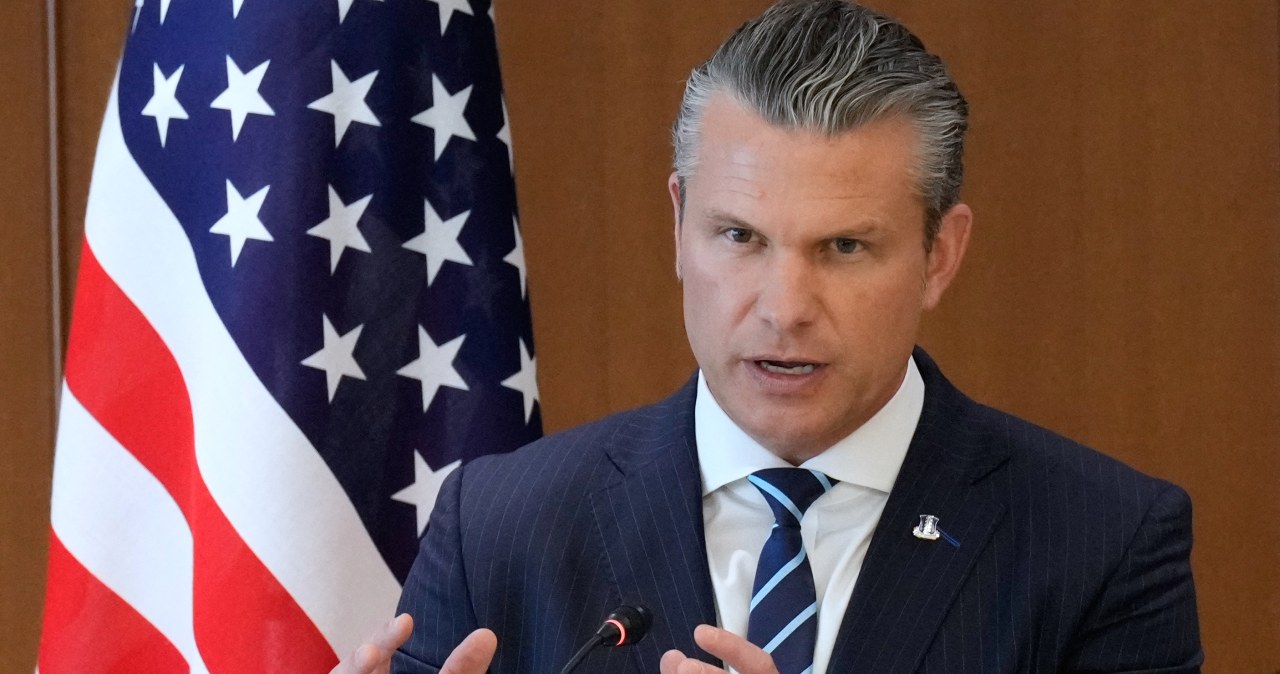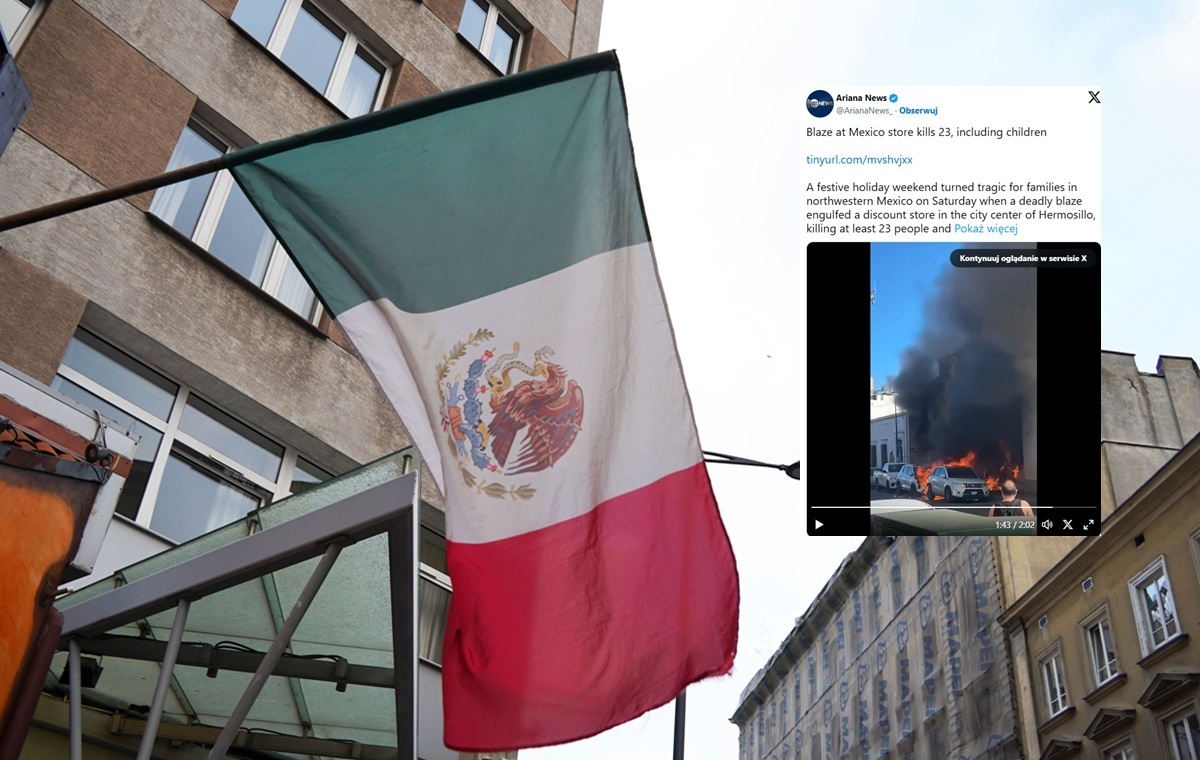
Diamond Hands: Mt.Gox Creditors HODL Bitcoin Despite 10-Year Wait
Authored by Francisco Rodrigues via CoinTelegraph.com,
Mt. Gox was once a dominant cryptocurrency exchange, but a devastating security breach caused it to collapse and left approximately 127,000 creditors waiting to recover their funds.
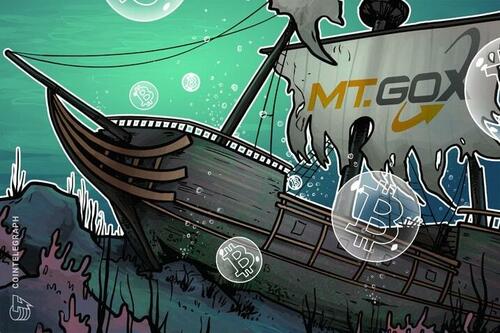
Those creditors have waited over a decade to get their hands on their Bitcoin, but surprisingly, many are still just holding onto it.
Data shows that nearly half of the Bitcoin owed to Mt. Gox creditors — 59,000 out of a total of 141,686 BTC — has already been distributed.
Despite the over $3.2 billion in Bitcoin appropriated to creditors, the market hasn’t seen a sell-off related to that distribution.
While Bitcoin’s price plunged nearly 20% over the past week, that sell-off was seemingly completely unrelated to the Mt. Gox distributions. Instead, it was the result of a perfect storm based on weaker economic data in the United States and the Bank of Japan raising interest rates, ending what’s known as the yen carry trade.
According to a Glassnode report, the Mt. Gox distribution “represents the final chapter in a major market overhang over the industry since 2013” from a psychological perspective.
Opting to receive claims in BTC rather than fiat currency and resisting attempts from several entities to acquire their claims throughout the legal process could mean creditors have a long-term hodler mentality.
Long-term Bitcoin hodlers
That long-term hodler mentality may be behind the lack of a creditor-related sell-off. Speaking to Cointelegraph, Bitpanda deputy CEO Lukas Enzersdorfer-Konrad said that while there are factors unique to each individual creditor, it’s worth remembering that Mt. Gox was one of the earliest exchanges around, so people using it “were early adoptions.”
“For them, Bitcoin isn’t just an asset, it’s a technology and an idea that they really believe in. That doesn’t mean they will never sell, but it will affect when they might sell and in what volumes.”
Maria Carola, CEO of cryptocurrency exchange StealthEX, told Cointelegraph that these creditors are opting to hold onto their coins “primarily due to expectations of future price appreciation, aiming for potentially higher returns.”
She added that liquidating their funds right away “could mean significant capital gains taxes,” while holding onto the funds could allow investors to “delay these taxes or await more favorable market conditions.”
StealthEX’s CEO also added that many creditors “view Bitcoin as a long-term asset with substantial value appreciation potential.”
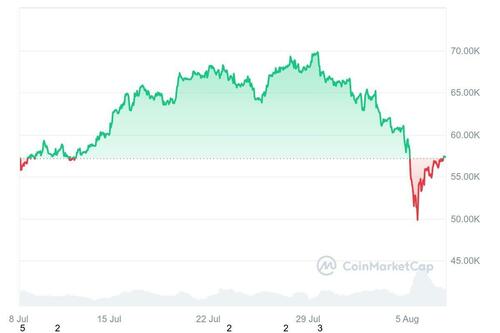
One-month Bitcoin price chart. Source: CoinMarketCap
Glassnode’s report details that, given the extensive period between the Mt. Gox collapse and the current state of the market, various creditors likely remain “somewhat active” in the cryptocurrency space.
On social media, some investors have revealed themselves as Mt. Gox creditors who received some of their claims. One investor published a post accompanied by an email revealing their account was successfully credited, revealing that they got 20% of the funds they had on the exchange.
Nevertheless, they plan to keep holding onto their Bitcoin by moving it to a cold storage wallet, though in replies to other users, they suggest their Bitcoin Cash will be sold “soon.”
Other users on the platform also suggested they would be selling their Bitcoin Cash and converting it into Bitcoin. This conviction in Bitcoin could be a result of several factors supporting the cryptocurrency’s bullish narrative.
Mt. Gox creditors holding may not be that surprising
Mt. Gox collapsed in 2014 after the exchange lost 850,000 BTC in a massive security breach that sent the Bitcoin price plummeting.
Speaking to Cointelegraph, a Binance Research representative said that Mt. Gox creditors were forced to hold onto their coins as their price surged over 10,000% to over $65,000 before the recent correction. They added:
“Many investors, having been “forced holders” for a decade, have witnessed incredible price appreciation. Given this context, it’s not surprising that they continue to hold their Bitcoin.”
The spokesperson said the decision to hold onto BTC is further supported by Bitcoin’s strong performance year-to-date, “highlighted by the successful launch of spot Bitcoin ETFs [exchange-traded funds]” that attracted over $17 billion in net inflows so far.
Other Bitcoin tailwinds include its fourth halving, which reduced annual supply growth and reinforced its fixed supply, as well as its ecosystem expansion with developments in non-fungible tokens, decentralized finance and layer-2 solutions.
Bobby Zagotta, CEO of Bitstamp US, told Cointelegraph that to many, “Bitcoin is viewed and treated like an appreciating asset,” adding that Mt. Gox creditors “have seen their Bitcoin holdings appreciate by 89,000% since they lost access to them, so they may be even more inclined to continue to hold.”
To Binance Research, the “increasing legitimization of Bitcoin and crypto as significant technologies” is now evident, as exemplified by former US President Donald Trump’s speech at the Bitcoin 2024 conference in Nashville, which underscored “the importance of Bitcoin and crypto in major political discussions.”
They added that this level of recognition “would have been unimaginable for Mt. Gox investors in 2014,” stating:
“Now, seeing the continued growth and acceptance of their industry, many Mt. Gox creditors may have become even stronger believers in Bitcoin and its future potential, choosing to hodl further.”
To Bitstamp’s Zagotta, it’s also “important to recognize that the Mt. Gox distribution represents less than 1% of the total BTC market cap.” While sudden, the volume of the distribution could become irrelevant in the long term, even if creditors suddenly decide to sell en masse.
Just another minor blip?
Zagotta said that “save for a minor bump on July 27, exchange volumes are largely the same and have remained stable” through the distribution process.
This finding is similar to that of Glassnode, which measured spot cumulative volume delta — the difference between spot buying and selling trading volumes on exchanges — to find a “marginal uptick in sell-side pressure.”
That uptick, however, fell within “typical day-to-day ranges,” showing the distribution of Mt. Gox BTC to creditors barely affected the market, if at all. Volumes, it’s worth noting, jumped earlier this week after a massive equities market sell-off that affected the broader financial ecosystem.
The Binance Research spokesperson said that in the long-term, “this event is likely to be just a minor blip on the chart,” stating the market showed resilience during the German government’s $3.6 billion Bitcoin sell-off and continued to “experience positive price momentum” after the sale. They added:
“This resilience suggests that while short-term volatility is possible, the long-term impact on Bitcoin’s market dynamics will likely be minimal.”
Short-term volatility indeed came during the recent market rout, with Bitcoin plunging below the $50,000 mark before recovering. To Bitstamp US CEO Zagotta, however, the market absorption of the reintroduction of the Mt. Gox BTC demonstrates a “growing maturity” in the cryptocurrency ecosystem.
He said it could boost market confidence and “attract more retail and institutional investors looking for growth and diversification in digital assets.” The quick bounce from the $50,000 low seems to suggest institutional participation, along with the participation of high-conviction holders like the Mt. Gox creditors, has strengthened the market.
In the end, the Mt. Gox distribution appears to have been more of a stress test for the market than for the creditors themselves.
Tyler Durden
Wed, 08/07/2024 – 12:55

 1 rok temu
1 rok temu
